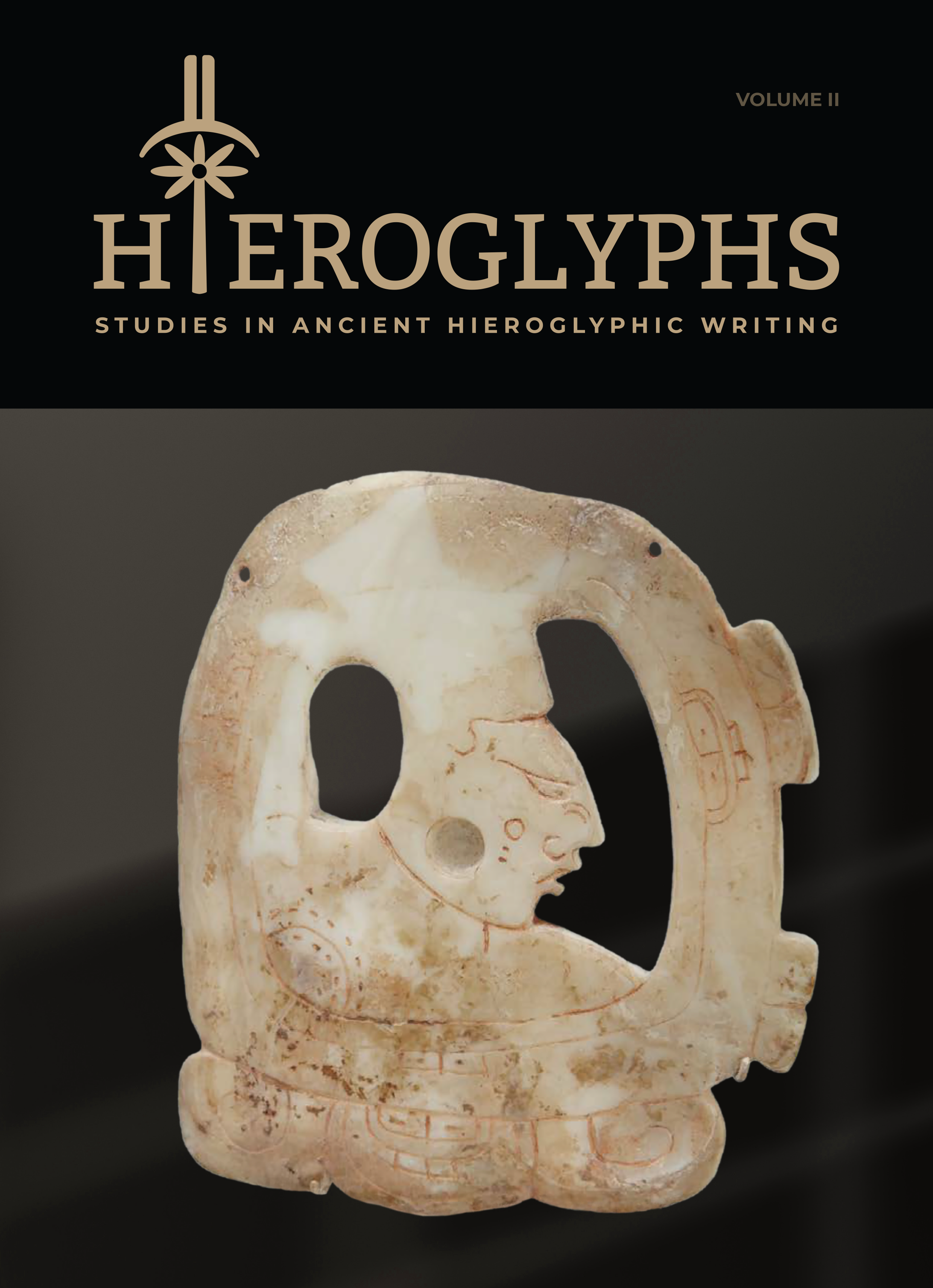The Semiotic Functions of Semantic Classifiers in Ancient Egyptian Scripts and Ancient Chinese Scripts: A Comparative Essay
(With Some Remarks on Semantic-Semantic Compounds–Huìyì)
Keywords:
Semantic classifiers, Writing systems, Ancient Egyptian, ancient Chinese, comparative grammatology, Semantic-Semantic compoundsAbstract
The ancient Egyptian and ancient Chinese writing systems represent two of the most sophisticated and complex scripts of antiquity. Although these systems developed independently, both employ semantic classifiers—unpronounced signs that categorize and contextualize their associated words. This study examines the semiotic functions of semantic classifiers in these two scripts, highlighting their similarities while also addressing their distinctive features. The analysis is conducted through multiple lenses, including the positional distribution of classifiers, the parts of speech they classified, their interchangeability, instances of multi-classification, and the semantic relations between classifiers and their host words. Furthermore, particular attention is given to the unique role of classifiers denoting concepts of “missing ability” or “deficiency.” The article concludes with a comparative discussion of Semantic-Semantic compounds (referred to as huìyì in traditional Chinese grammatology) and their capacity to generate pictorial scenes within compound signs in the ancient Egyptian and ancient Chinese writing systems.
Downloads
Published
How to Cite
Issue
Section
License
Copyright (c) 2024 Yanru Xú, Orly Goldwasser

This work is licensed under a Creative Commons Attribution-NonCommercial-NoDerivatives 4.0 International License.



